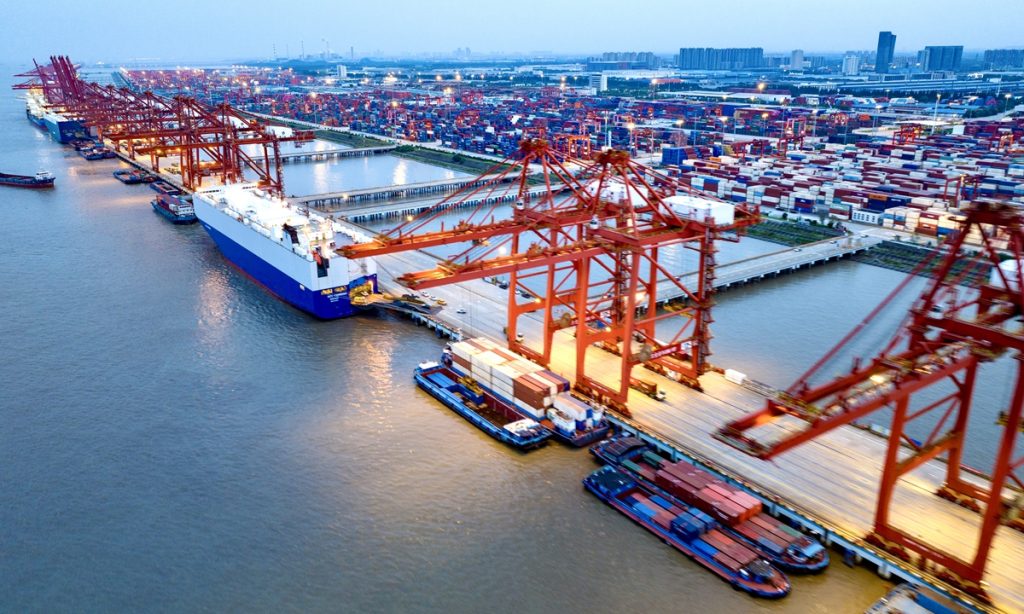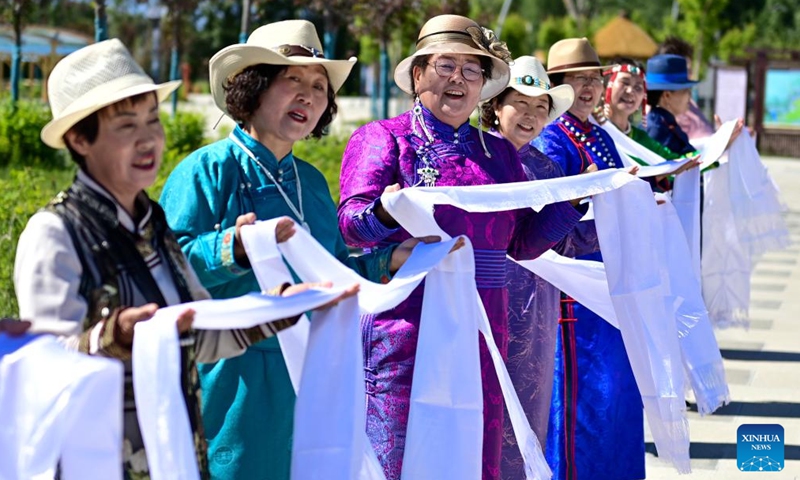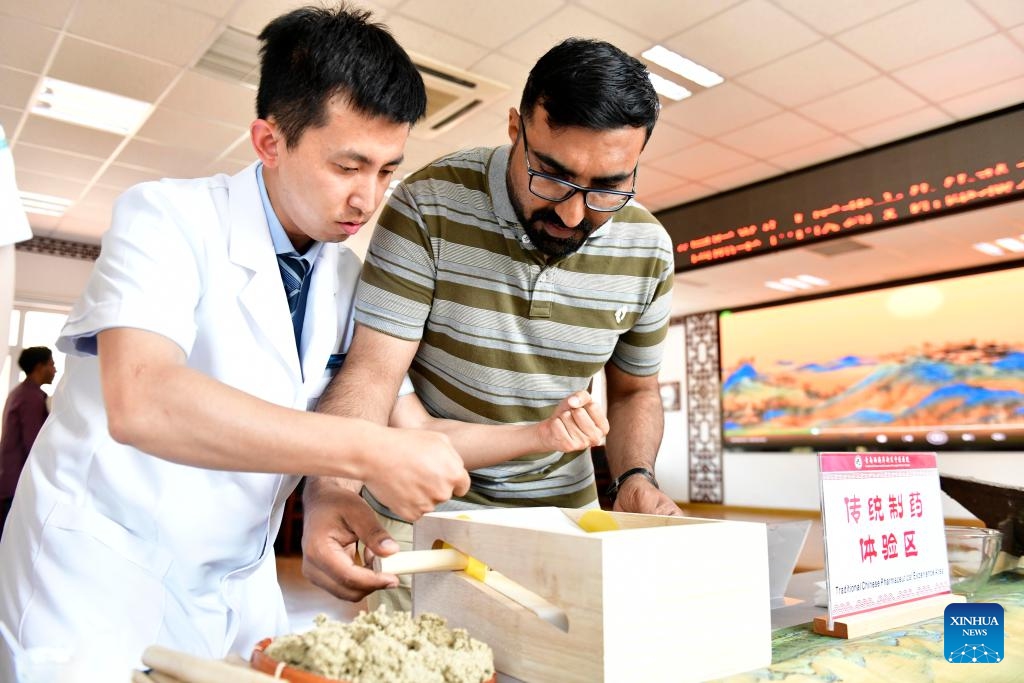Memorial service held in Beijing to commemorate Tsung-dao Lee's scientific contributions and endeavor in cultivating Chinese talents

A memorial service was held in Beijing on Sunday to commemorate Tsung-dao Lee, Chinese-born American Nobel Prize winner in Physics and a foreign academician of the Chinese Academy of Sciences, who passed away in the US last Monday at the age of 97, with over 330 attendees expressing deep sorrow fondly recalling Lee's great scientific contributions and endeavor in cultivating Chinese scientific talents.
Renowned as one of the greatest physicists of the 20th century, Lee made significant achievements throughout his more than 60-year academic career, reaching new scientific heights in various fields, such as quantum field theory, fundamental particle theory, nuclear physics, statistical mechanics, fluid mechanics and astrophysics.
Lee cared very much about the development of high-energy physics in China and actively promoted the construction of the Beijing Electron-Positron Collider, the high-energy physics experimental base. He also made great contributions to the advancement of China's science education by initiating and founding the China-US Physics Examination and Application (CUSPEA) program, establishing the Special Class for the Gifted Young at the University of Science and Technology of China. His proposals for the establishment of postdoctoral mobile stations, the founding of the National Natural Science Foundation of China and the China Center of Advanced Science and Technology were also adopted.
On Sunday morning, over 330 people, including Lee's family members, friends, former colleagues, and others from over 30 colleges and scientific research institutes, gathered at the service held at the Institute of High Energy Physics, the Chinese Academy of Sciences (CAS) in Beijing, to fondly recall Lee's scientific contributions and noble character.
Wei Zhixiang, deputy director of the Bureau of Frontier Sciences and Basic Research under the CAS, shared his memories of the scientist and paid deep tribute to Lee on behalf of the CAS.
Wei noted that Lee had always been concerned about and supporting the fundamental research work of the CAS, actively offering suggestions while promoting the leapfrog development of fundamental research talent within the CAS and across the country.
According to Wei, Lee was a fierce advocate of China-US academic activities, playing an active role in establishing related institutions, which laid a solid foundation for international cooperation in fundamental research between China and the US.
Commemorating and remembering Lee means learning from his strategic vision focused on the frontier, his rigorous and scientific academic approach, and his deep and passionate patriotism, Wei said, who advocated intensifying efforts in fundamental research, solidifying the foundation for scientific and technological self-reliance, and producing a series of scientific achievements that will have a milestone impact on the future development of humanity.
Born in Shanghai on November 24, 1926, Lee developed interest in physics at an early age. In 1957, he won the Nobel Prize in Physics with Chen-Ning Yang, another renowned Chinese physicist, for advancing parity nonconservation in weak interactions, overturning what had been considered a fundamental law of nature that particles are always symmetrical.
In addition to his cutting-edge research outcomes, Lee was deeply respected for his efforts in cultivating Chinese science talents and contributing to the development of the study of physics in China by facilitating the establishment of the "Special Class for the Gifted Young," an educational model created at the University of Science and Technology of China and initiating the China-US Physics Examination and Application (CUSPEA) program for selecting the best of Chinese physics students to pursue PhD studies in the US.
Between 1979 and 1989, nearly 1,000 young talents trained in the program have become the key figures in various fields including physics, chemistry, biology, information technology, finance, and economics of the Chinese society, the Global Times learned at the memorial service on Sunday.
Zhou Shangui, director of the Institute of Theoretical Physics under the CAS, expressed profound grief and deep remembrance to Lee on behalf of the institute for Lee's great contributions to the development of China's science and technology, education and talent cultivation in response to the nation's needs and the global scientific frontier.
"The best way to commemorate Lee is through inheritance," Zhou said, "We will inherit and promote the scientific spirit and patriotic dedication of Lee, daring to innovate to meet major needs of the country and making greater contributions to the development of our country's technology and education industry and talent cultivation."
Wang Yifang, director of the Institute of High Energy Physics under the CAS, referred to Lee as an esteemed scientist, a great educator, and a patriot who led China's high-energy physics endeavors to the international forefront.
Lee also played a crucial role in cultivating a large number of young talents for the development of basic research and applied science in China, Wang noted.






